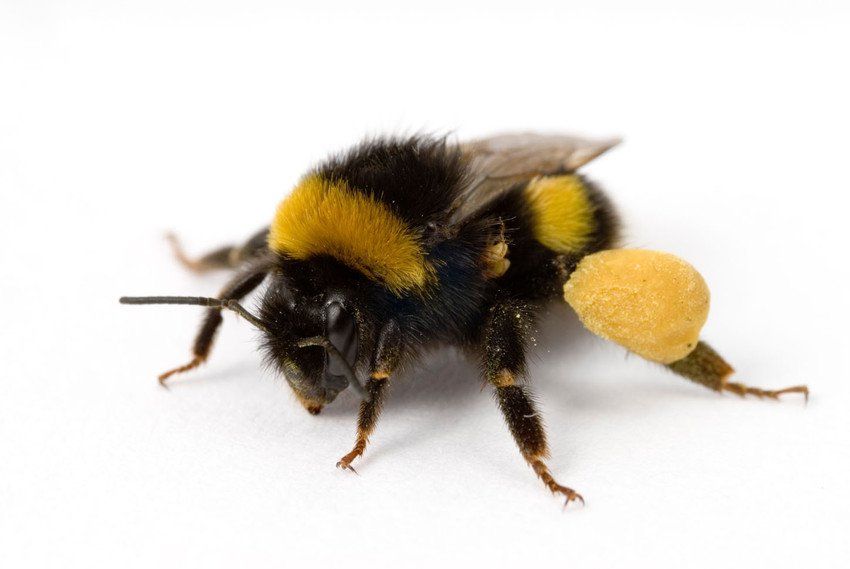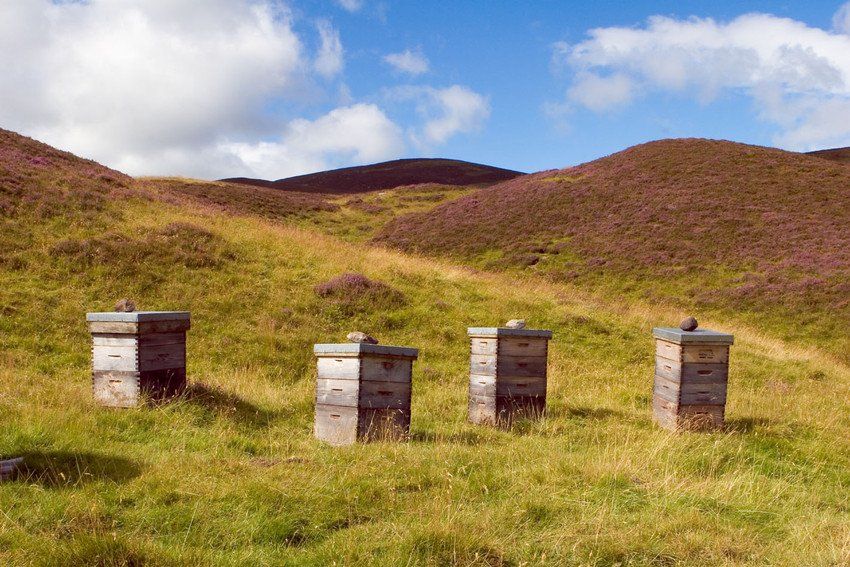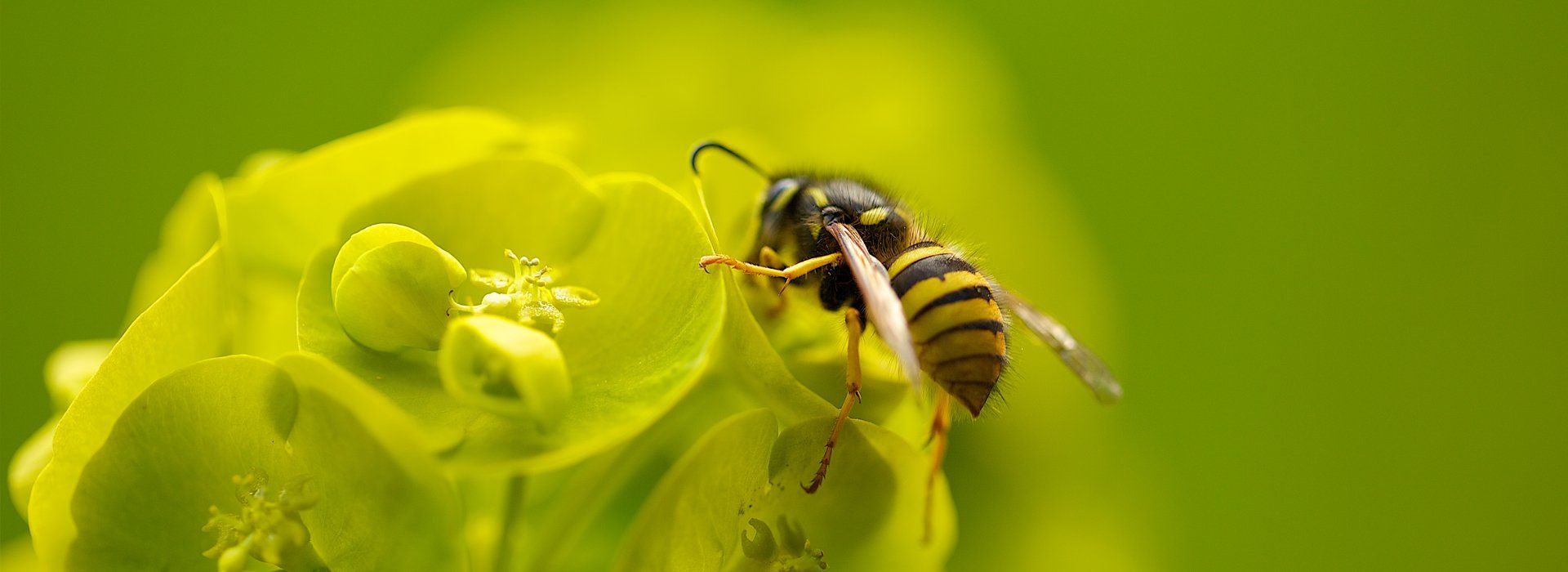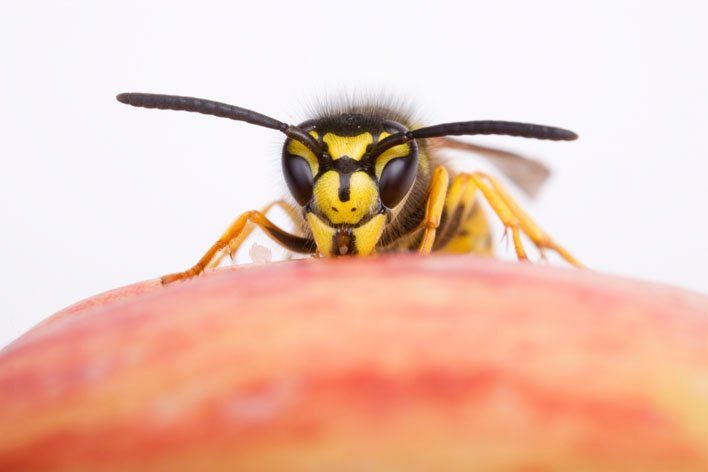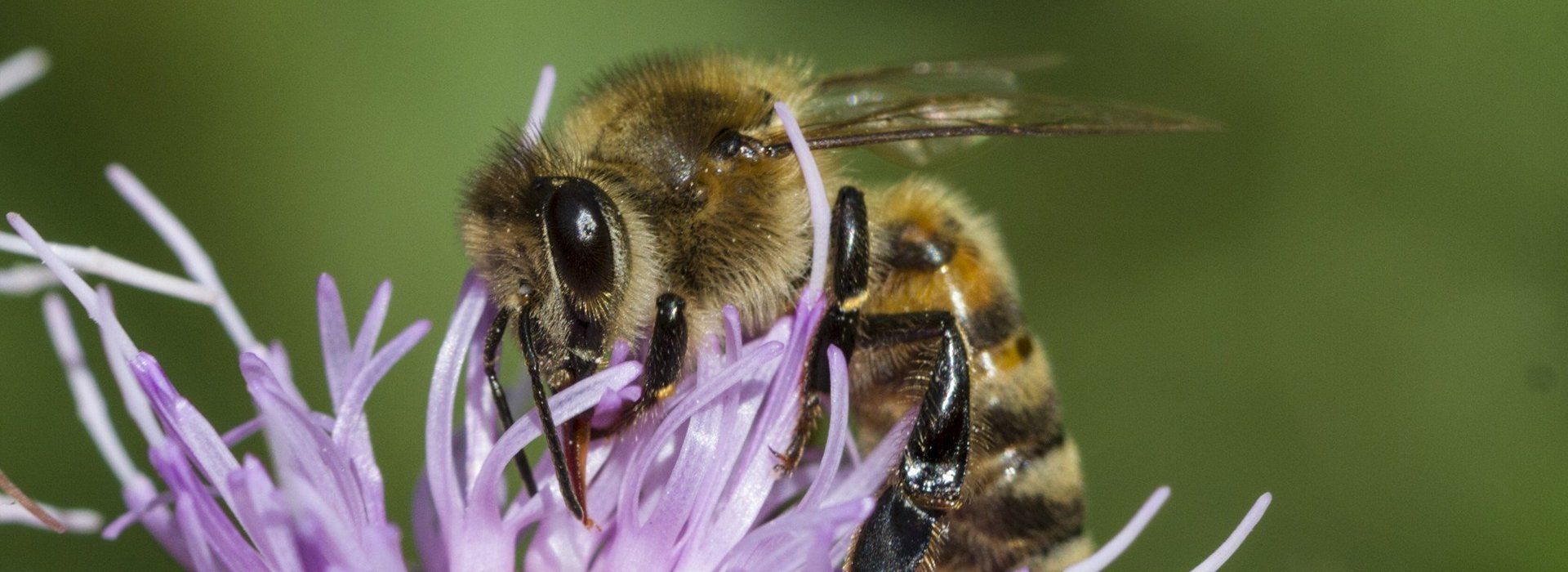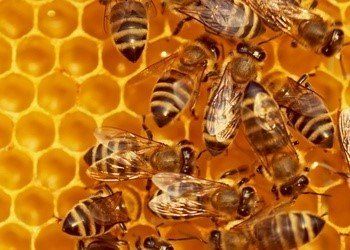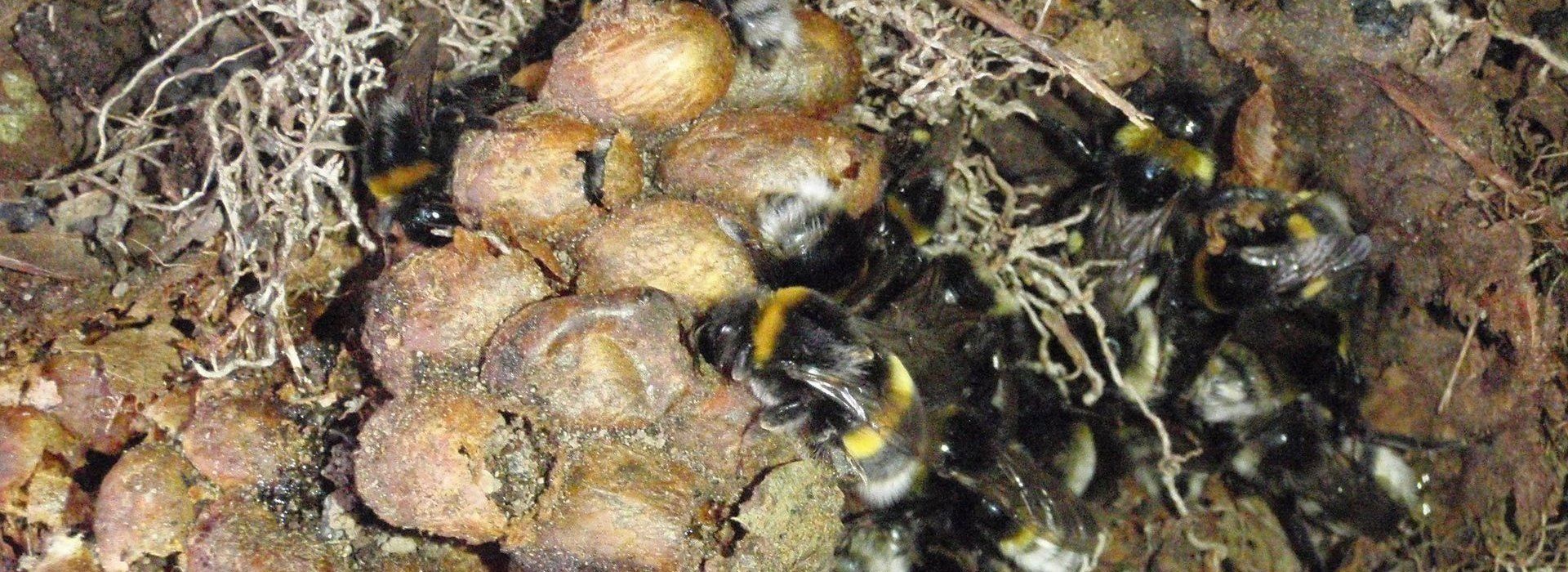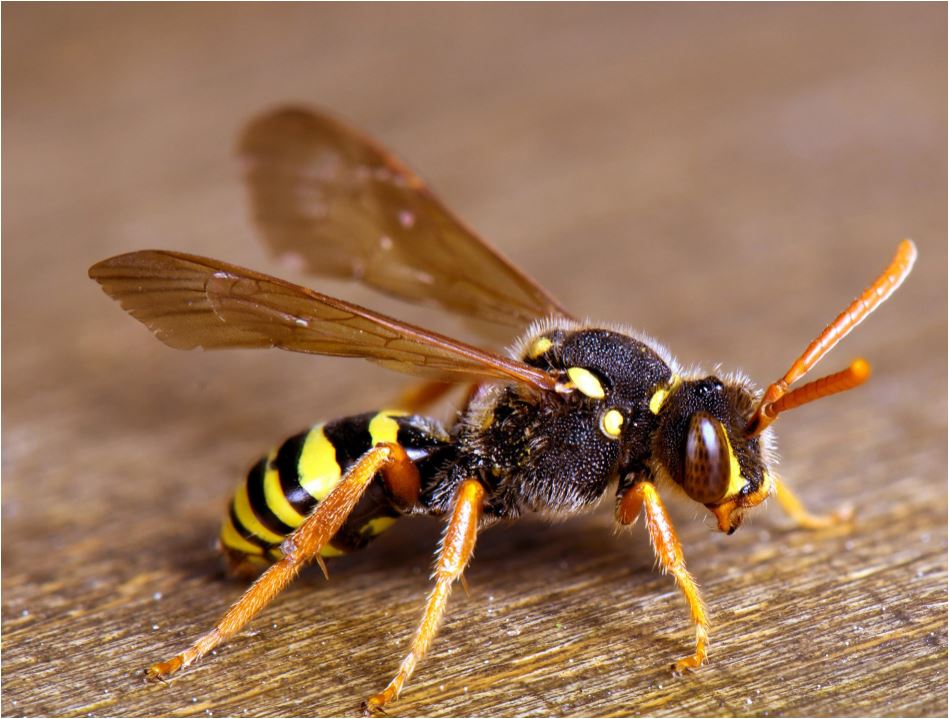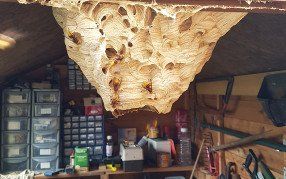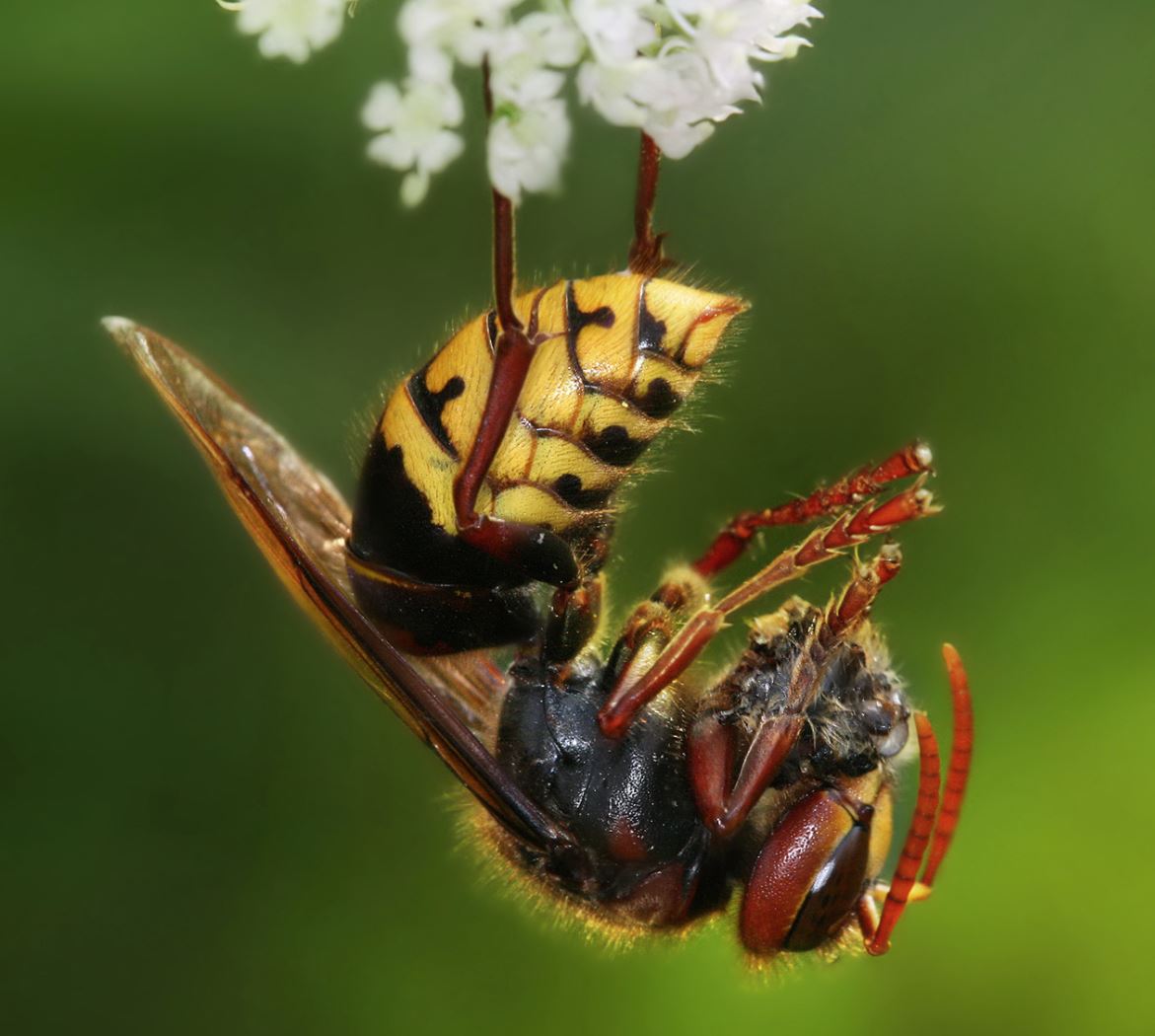Bee Types Commonly Found in the UK
Did you know there are over 25,000 bee species? While most of them are not found in the UK, over 250 species do exist here. Some are more common than others and you can expect to find them in your garden. They’re not necessarily dangerous, though some people are allergic to their stings, so if they’re not bothering you, there’s nothing to worry about.
Honeybees
These are the most famous bee type and there are around 10 different types of honeybees around the world. Here in the UK, we have the European honeybee and it’s usually kept for its honey, which most people enjoy. Unfortunately, honeybees are dying off and that’s a very serious problem. It’s important to avoid killing them, so be sure to call a pest controller if you have an abundance of bees or if a hive has settled in near you.
Bumblebees
The adorably fuzzy bees that show up in most paintings and children’s stories are usually very calm and placid. They have small hives, with just 100-200 worker bees and they are very important when it comes to pollination. Their fuzzy little bodies help move pollen from one plant to many others more efficiently than any other type of bee.
Mason Bees
You may notice that some bees seem to fly about on their own and crawl into holes in your home or shed. These are called mason bees and they’re considered solitary bees, as in they don’t have a hive. They usually make their home in old mortar or stone walls where there are bits of mortar fallen out. You may also find them in existing holes in old posts or trees.
Carpenter Bees
You’ll see these solitary bees climbing into old wood, so they’re particularly common when you have wooden sheds that have decayed a little or older fence posts. They tend to have shiny black bodies, though some are ginger and hairy, and they are quite useful as pollinators. They’re relatively harmless, though their size can be daunting.
Digger Bees
Another type of solitary bee is the digger bee. These are fairly common if you have some dry or dirt areas in your garden, particularly in the shade. They create nests underground and store up pollen and nectar. You will notice them coming out of the ground in the spring, emerging from 15 cm deep tunnels. While solitary, they do tend to cluster together, but are fairly calm and usually won’t bother you for the few weeks that they are actively out and about.
Would you rather not have a swarm of bees or a nest near your home? At Mr. Wasp, we specialise in safely removing these swarms so you can have peace of mind and the bees will stay safe.
Contact us if you need bee removal.


